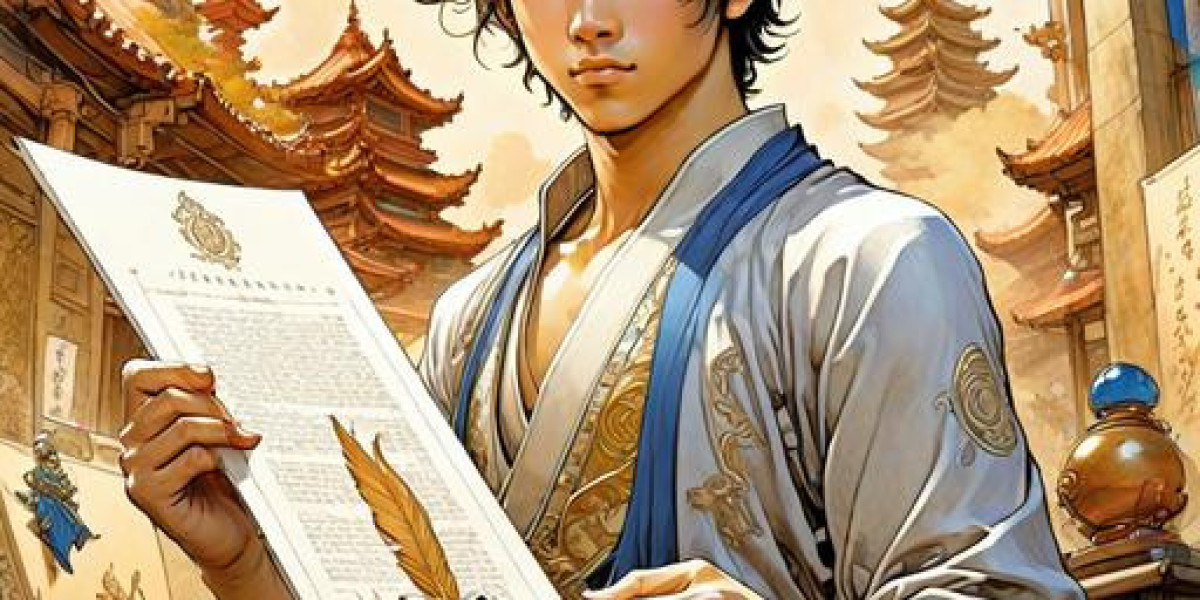The Quran, the holy book of Islam, holds an unparalleled position in the hearts of over a billion Muslims around the world. It is not only a source of divine guidance but also a profound symbol of spirituality, identity, and tradition. While the Quran itself remains unchanged in content since its revelation to the Prophet Muhammad (PBUH), the way it is presented has evolved through centuries, giving rise to various forms of artistic expression. One of the most stunning examples of this evolution is the Taj Quran—a magnificent edition that marries the sacred word of God with the pinnacle of Islamic art and calligraphy.
The Taj Quran is not just a book; it is an artistic experience. Drawing inspiration from the grandeur and timeless beauty of the Taj Mahal, this edition of the Quran is designed to evoke a sense of spiritual awe and visual elegance. It is a collector’s item, a devotional object, and a celebration of Islamic heritage—all in one. This article delves into the origin, features, significance, and cultural impact of the Taj Quran, exploring how it transforms the act of reading into a multi-sensory journey of faith and reflection.
The Origin and Concept
The term Taj Quran draws an intentional parallel to the Taj Mahal—India’s iconic symbol of love, devotion, and architectural excellence. Just as the Taj Mahal was built as a tribute to eternal love, the Taj Quran is created as a tribute to eternal divine wisdom. The project was envisioned by scholars, artists, and publishers who sought to elevate the experience of reading the Quran by presenting it in an exquisitely crafted form.
The goal behind the Taj Quran was not merely aesthetic. It aimed to inspire deeper reverence for the Quranic text by appealing to the visual senses and connecting modern readers with classical Islamic traditions of calligraphy, illumination, and bookmaking. In a world where digital reading is on the rise, the Taj Quran reclaims the sacred act of holding, reciting, and contemplating the Quran in its physical, most beautiful form.
Features and Design Excellence
One of the defining attributes of the Taj Quran is its meticulous attention to detail. Every element—from the cover to the script, from the page borders to the ink—has been carefully chosen to enhance the overall reading experience.
1. Calligraphy:
The text of the Taj Quran is written in masterful Arabic calligraphy, often employing the Ottoman, Naskh, or Thuluth styles. These scripts are known for their clarity, elegance, and historical significance. The calligraphers involved are often highly trained artisans who have spent years perfecting their skill.
2. Illumination:
Each page may be adorned with traditional Islamic motifs, such as floral designs, geometric patterns, and arabesques. These embellishments are inspired by the illuminated manuscripts of the Islamic Golden Age and contribute to a sense of divine beauty.
3. Premium Materials:
The Taj Quran is usually printed on high-quality, acid-free paper that resists aging and damage. The ink used is rich and fade-resistant, ensuring long-term readability. Covers may feature embossed leather, velvet, or silk with gold foil stamping, making it a luxurious item suitable for gifting and ceremonial use.
4. Binding and Size:
The Quran is available in various sizes—from large, table-display editions to smaller, more personal ones. The binding is often hand-stitched or machine-reinforced to ensure durability.
Spiritual Impact and Devotional Use
The beauty of the Taj Quran extends beyond its physical form; it also enhances the spiritual engagement of the reader. The elevated design invites the reader to slow down, to ponder, and to reflect deeply on the verses. It promotes tadabbur—a contemplative reading of the Quran that is central to spiritual growth in Islam.
Many people report that using the Taj Quran helps them build a more consistent and focused relationship with the text. It becomes more than a book—it becomes a spiritual companion. For those learning Quranic Arabic or memorizing verses (Hifz), the clarity and aesthetics of the Taj Quran can be both motivational and meditative.
Cultural and Ceremonial Significance
The Taj Quran is often chosen for significant life events. It is a popular wedding gift, symbolizing a prayer for a union grounded in faith. It is also gifted during births, graduations, Hajj departures, and Ramadan. In many cultures, it is considered an heirloom—a Quran that is passed down through generations as a family treasure.
Mosques, madrasahs, and Islamic centers also use the Taj Quran for public readings during Ramadan, Taraweeh prayers, and Quran competitions. Its presence on a bookshelf or prayer table instantly elevates the space, both spiritually and aesthetically.
Educational and Artistic Value
Beyond personal devotion, the Taj Quran holds educational value, especially for students of Islamic studies and art history. It demonstrates the rich legacy of Islamic bookmaking and the role of the Quran in shaping artistic traditions across the Muslim world. From Persian miniatures to Ottoman calligraphy, from Mughal bindings to Andalusian geometry—the Taj Quran is a living museum of Islamic creativity.
Workshops and exhibitions dedicated to Quranic art often feature editions of the Taj Quran as exemplary works. They serve to bridge the gap between the spiritual and the cultural, reminding young Muslims of their heritage and encouraging non-Muslims to appreciate the universal beauty of Islamic civilization.
Modern Relevance and Global Appeal
In the modern era, the Taj Quran serves as a counterbalance to the digitization of religious texts. While mobile apps and websites make the Quran more accessible, they often lack the emotional and aesthetic connection that a physical, beautifully crafted Quran provides.
The global Muslim diaspora, especially in Western countries, has embraced the Taj Quran as a way to preserve and celebrate identity. For many, it becomes a centerpiece of Ramadan décor, a teaching tool for children, or a cherished reminder of their cultural roots.
Moreover, the Taj Quran is increasingly appreciated by collectors of rare books and interfaith audiences interested in Islamic art. It fosters dialogue by showing how faith can inspire beauty and craftsmanship, just as the Taj Mahal does.
Challenges and Considerations
Despite its many virtues, the Taj Quran also invites careful handling and responsibility. Because of its elaborate design, it must be treated with the utmost respect. Storage, transportation, and usage must follow Islamic guidelines for handling the Quran, such as maintaining ritual purity (wudu) and ensuring the book is not placed in disrespectful environments.
There are also concerns about commercialization, where the emphasis on luxury might overshadow the spiritual essence of the Quran. Scholars and publishers involved in the production of the Taj Quran must maintain a balance between form and substance, ensuring that beauty enhances devotion rather than distracting from it.
Conclusion
The Taj Quran is a magnificent testimony to the enduring power of the Quran and the timeless beauty of Islamic art. It reflects a harmonious fusion of form and function—where divine message meets human creativity. More than a book, it is an invitation to connect with the sacred in a deeper, more meaningful way.
As Muslims continue to find new ways of expressing their faith and preserving their traditions, the Taj Quran stands as a beacon of reverence, excellence, and cultural pride. It reminds us that in honoring the Word of God, we also honor the best of ourselves—our intellect, our spirit, and our creativity.
More information https://quraan.pk/








